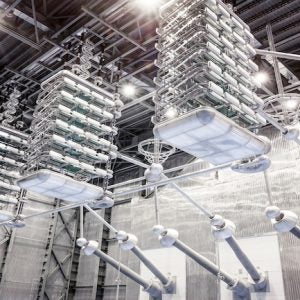National Grid and Statnett report that North Sea Link, a 1.4 GW, 720 km subsea interconnector between Norway and Britain, has reached the halfway point of construction. On the way it has achieved a major engineering feat in manoeuvring the cable across a lake that cannot be accessed by a vessel of the size usually required for cable laying.
When completed in 2021 it will be the longest subsea power cable in the world.
North Sea Link is a joint venture project of UK TSO National Grid and Norwegian system operator Statnett. It is a ±525 kV DC subsea electricity cable that will connect the 400 kV UK grid with the 420kV Norwegian grid via converter stations at Cambois in the UK and Kvilldal, in Norway.
Before being able to lay the cable in Norway, the construction team first had to tackle manoeuvring the cable across the 30 km 376 metre deep Suldalsvatnet lake, the sixth deepest in Norway and a local beauty spot.
To accomplish this the team transported materials piece by piece to build their own custom-made floating platform. The operation is the first of its kind in this scale in Norway, and construction of the platform required an average of 25 people working every day for 11 days. This unique operation marked the start of the cable laying on the Norwegian side. Working at depths of up to 210 metres, the laying of the parallel 2.8 km subsea cables was executed from a 43 x 15 metre platform which held all the necessary equipment that is usually found on offshore cable laying vessels.
Nigel Williams, construction director for National Grid North Sea link said, “The engineering that has taken place to lay high-voltage cables below the seabed is remarkable. The difficult terrain, the depth of the waters, and all in amidst of operating during a pandemic has made it extremely challenging. Nevertheless, we have powered through and remained on track with our project timelines.”
The next milestone is to lay the cable from Kvilldal, among the fjords in Suldal, to the North Sea, starting this summer. This work will be carried out during the remainder of the year, and by 2021 the two parallel 720 km cables, supplied by Nexans and Prysmian, will have been completed.
North Sea Link is scheduled to enter operation during 2021.






